A composting called vermicomposting involves using certain species of earthworms to improve organic waste conversion and produce a better end product. Vermicompost is earthworm excrement, called castings, which can improve soil’s biological, chemical, and physical properties. Microorganisms and earthworms are used in this mesophilic process. Let’s check out how to prevent insect pests in Vermicomposting below.
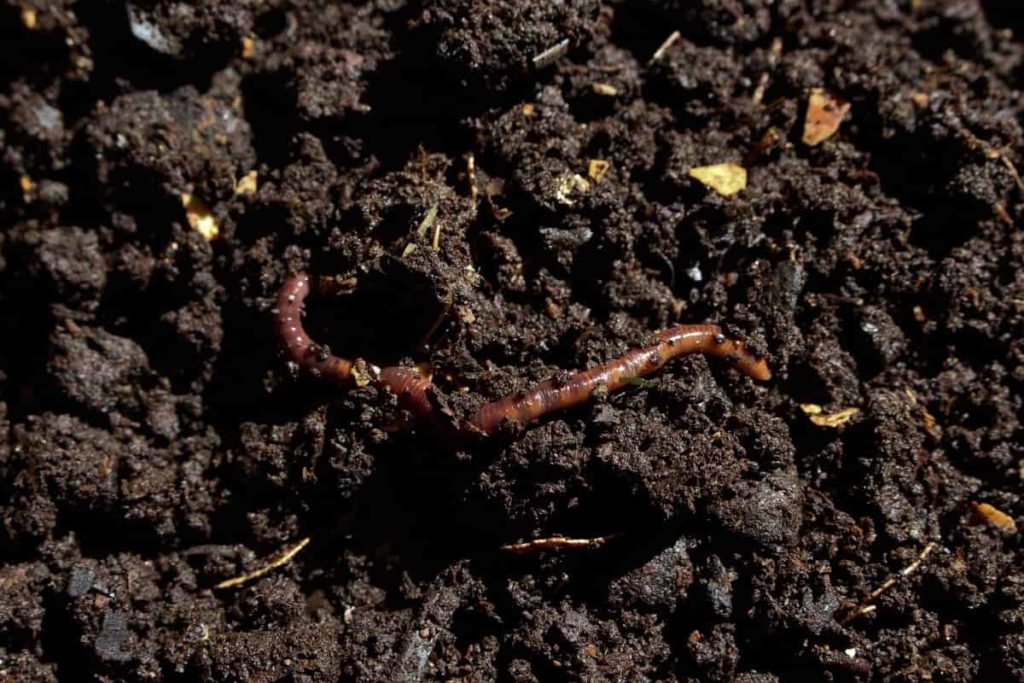
A Vermicompost is a granular form of organic waste material that earthworms produce from feeding on organic waste. As the earthworm’s digestive tract breaks down soil and organic matter, the castings contain more nutrients that are immediately available to plants. Almost 3600 earthworm species have been identified, divided into burrowing and non-burrowing types. Red earthworm species most efficiently make compost.
It is estimated that non-burrowing earthworms consume 10 percent soil and 90 percent organic waste materials. Burrowing earthworms do not convert organic waste into vermicompost as quickly as these worms. As long as the pile is maintained at 25 to 30°C and 40–45 percent moisture level, it can tolerate temperatures ranging from 0 to 40°C. During the night, burrowing earthworms emerge from the soil surface.
Ingesting 90% soil and 10% organic matter, they create 5.6 kg casts by digging holes in the soil up to 3.5 meters deep. Depending on the amount of production and composting structures, there are different types of vermicomposting. In contrast, large-scale vermicomposting uses large quantities of organic waste to produce hundreds of tons of compost yearly in modern facilities.
How to prevent insect pests in Vermicomposting
Pests affecting Vermicomposting productivity
Mites
Because worm beds provide a moist, organic environment, insects are attracted to them despite earthworms’ limited natural enemies. The presence of acidity in worm beds can encourage the growth of their natural enemies if they are not cared for properly. An acidic, moist environment is attractive to mites. Under certain conditions, mite populations can reach very high levels and cause problems, even though small mites reside in all worm beds.
Mites are tiny arthropods that belong to the same family as spiders and ticks. Various species are drawn to soil, fabric, animals, the human body, and worm bins, making it an incredibly diverse group. Most mites are detritivores, which means they feed on the dead and decaying organic matter rather than predators, parasites, or herbivores. Also, excellent composters, mites, and worms go hand in hand.
White or brown mites
White or brown mites are not predatory and feed on decaying or injured worms. Earthworm beds can become nutrient deficient if these mites are abundant, especially during infestations. As a result, worm growth costs more, and feeding worms takes more time. When mite populations are high, worms may stay deep in the beds instead of reaching the surface for feeding, leading to poor growth and reproduction.
In case you missed it: How to Apply Bone Meal on Plants in Your Garden: What is Bone Meal? and A Guide to Make Bone Meal Fertilizer
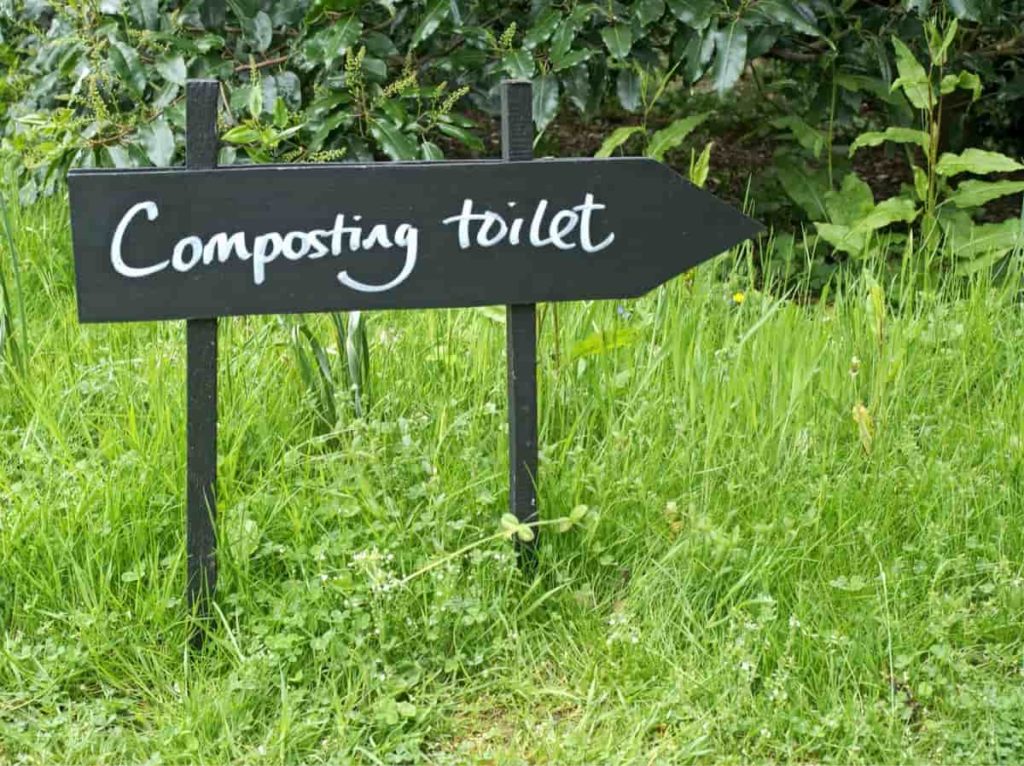
Red mites
The red mite parasitizes earthworms. It can consume its blood and body fluids by attaching itself to the worm. It is also possible for red mites to pierce egg capsules and suck out fluids from them. A white or gray cluster first appears due to these mites, resembling mold. A magnifying glass will reveal clusters of juvenile red mites at various stages of development. Compared to white or brown mites, the red mite is smaller. It has a bright red body with an egg-shaped shape. There are eight legs on these red mites.
Reasons for the build-up of mites
In reality, these tiny creatures do not harm your worms; but are unsightly and compete with them for food. A high mite population causes the worms to burrow deeply into the beds and not come to the surface to feed, preventing them from reproducing and growing. High mite populations usually result from,
- Wet beds are more conducive to mites than worms. Therefore, watering schedules should be adjusted, drainage should be improved, and frequently to prevent excessively wet beds.
- The pH of worm beds can be lowered when fermented feed accumulates in them due to too much food. Feeding schedules should be adjusted so that all feed is consumed within a few days. In addition, feeding schedules should be adjusted according to the season and temperature. Colder temperatures cause worms to consume less food. pH levels should be maintained around a neutral 7, and calcium carbonate can adjust pH levels.
- Worm beds can be infested with mites due to vegetables with high moisture content. Therefore, until mite populations are under control, limit the use of such feed and discontinue its use if high mite populations are discovered.
Control methods of mites
Several methods have been proposed to remove mites from earthworm beds. However, unless worm-bed management is altered to make conditions less favorable for mites, any method of mite removal, whether physical or chemical, will only be temporary. The following techniques range from low- to high-intensity measures.
- Several hours after uncovering the worm beds, expose them to sunlight. Feed and water should be reduced. This environment is not conducive to mites, and they may leave the worm beds.
- Moisten newspapers or burlap bags and place them on top of the beds, removing them as mites accumulate. The procedure should be repeated until the mite population has been substantially reduced.
- On top of the worm beds, place slices of watermelon or cantaloupe rind or potato slices. The sweetness of the rinds or peels attracts mites, and they will accumulate there. You can then remove the rinds or peels and drop them in water or bury them.
- Water the worm beds heavily, but not too much. Worms will stay below the surface, while mites will move to the surface. To kill mites, scorch the top of the bed with a propane torch. Depending on the situation, this procedure may be repeated several times, at intervals of three days.
- Sulfur can be used to kill mites with a light dusting. Apply 1/16 ounce of sulfur per square foot of bed surface after soaking the worm bed with water and causing the mites to surface. Earthworms shouldn’t be affected by sulfur, but acidity may increase over time, reducing their numbers.
In case you missed it: Vegetable Seed Germination Chart: A Calendar to Time and Soil Temperature
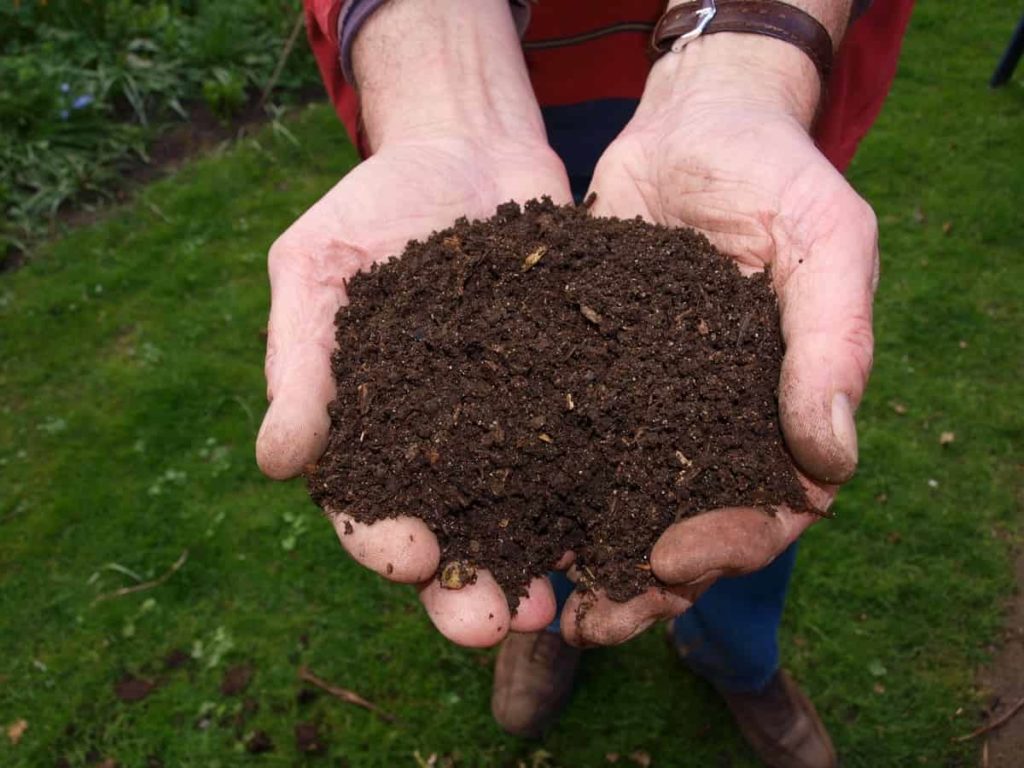
Ants
Compost heaps can benefit from ant nests because they increase biodiversity by bringing insects and fungi into their nests, and their tunnels can increase airflow. It is less desirable to have ants on a worm farm. Because they are omnivorous, they will not harm the worms but compete with them for food. Ants can destroy composting beds within a matter of days, so immediate action is required.
Ant control methods
Feed attracts ants, so don’t spill any near your bins, and clean up any spills as soon as you notice them. If your bin has legs and isn’t too big, you can keep ants out by placing each leg in a dish of water. There is also an ant sticky substance available on the market that can be painted around stems of rose bushes to trap ants. As it does not contain any insecticide poisons, it is eco-friendly.
In the case of severe ant infestations, dust the area around the beds with pyrethrum dust or spray the nests and trails leading to the beds with granular insecticide. Alternatively, use commercially available ant traps, which contain slow-release poisons that the ants carry back to their nests. Insecticides should not be used on the actual worm bed soil as they will kill the worms. In case ants are already established inside the beds, soak the section they are in and they will usually disappear.
Springtails
Generally, these wingless insects eat decaying plant matter and sometimes live plants. When disturbed, these insects jump and can turn worm beds white if they are in large numbers. In addition to eating dead or weak worms, they are primarily a nuisance because they eat the worm food. Drive the worms deep into the beds and prevent them from feeding on the surface when their populations are large enough.
Control methods need to be followed to control springtails
During continuous worm farming, it is recommended to protect the worm beds in enclosed areas such as garages, sheds, basements, or outbuildings, which will make them less accessible to pests. Additionally, screening the buildings would help to limit rodents, birds, mammals, snakes, and most larger earthworm pest losses. Screens and gratings placed at the top and bottom of the beds can also be effective.
- Adding moisture to vermicomposting is necessary to break down organic materials, but too much moisture can encourage springtail growth. By turning the compost regularly and ensuring proper drainage, you can reduce the amount of water in worm compost.
- About 1 to 2 mm long, these insects are pretty small. Handpick springtails. This manual separation from worm beds may involve a lot of pain and effort. You will need a magnifying glass to see all the springtails,
- Springtails can be eliminated environmentally by misting them with four tablespoons of organic liquid soap mixed with 1 gallon of water after they have been removed from the worm compost.
Fruit flies
Fruit flies multiply rapidly in worm bins and can soon outcompete your worms. Maintain just the correct moisture level in the bedding by reducing the amount of moisture in the bin. It is possible to kill adult fruit flies by hanging fly paper or installing homemade traps. Even though these little jerks have a short lifespan of 40-50 days, they are prolific breeders, laying between 40 and 50 eggs at a time, around 100 per day, and about 2000 in their lifetime.
In case you missed it: Louisiana Vegetable Planting Calendar (LA): Month Wise Garden Guide for Fall, Winter, Spring, Summer, Zone 8, and Zone 9
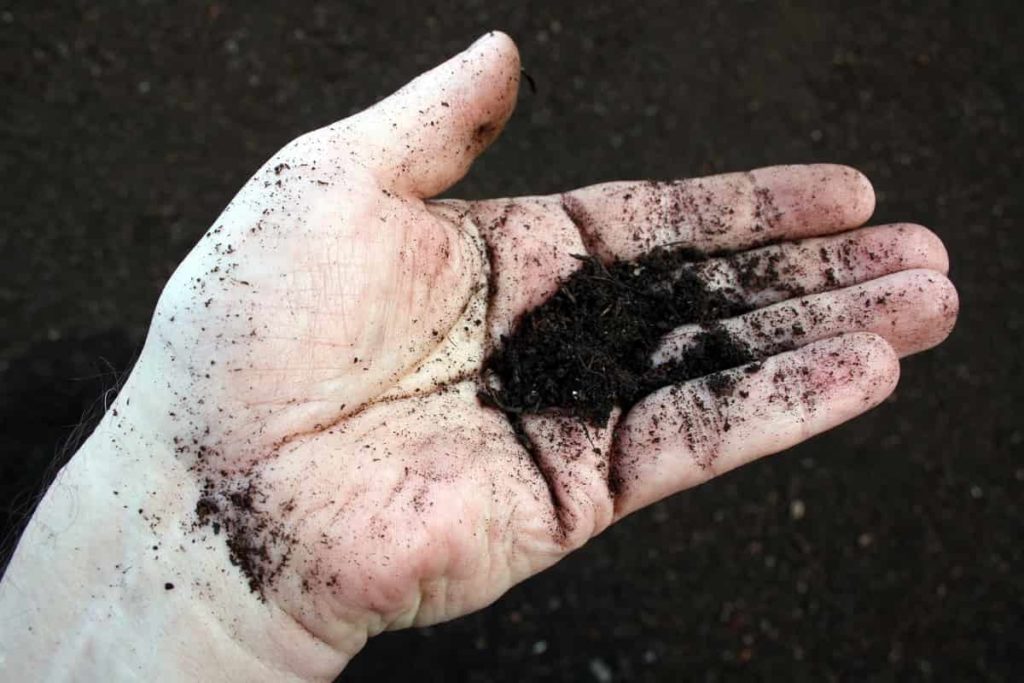
After hatching, the larvae grow for about four days before pupating for another four days before emerging as adult fruit flies. Females become sexually mature 8-12 hours after emergence. 28°C is the optimum temperature for fruit fly propagation.
A. Blow flies and house flies
Composted meat, greasy food waste, or pet feces are the most common causes of flies in composting beds. However, the beds can also become infested with maggots without proper sealing. If the farm is kept indoors or under some shade, hang up some fly strips to keep them away. In addition, a properly maintained worm farm won’t stink, so it won’t attract flies.
B. Black soldier flies
Fly larvae feed exclusively on the putrescent matter, a type of small maggot. Often, they are found on worm farms. As they do not attack the worms, they are not a threat to them and may rather complement their activities rather than compete with them. The best way to keep them out of the worm farm bins is not to use meat or fat waste, to keep the moisture on the dry side, and to make sure the feeding area is covered in bedding material.
C. Vinegar flies
In worm farms and compost bins, vinegar flies occasionally appear. Worms will not be harmed by this. In general, maggots and flies indicate that food is rotting rather than being eaten by worms if larger flies or maggots are present. Make sure you don’t overfeed worms in worm farms and avoid meat. Place a piece of bread soaked in milk on the farm’s surface and remove it after a few days if maggots appear.
Prevention methods of fruit flies in compost beds
The prevention of fruit flies in worm bins is a challenging task. Overripe fruit and certain vegetable scraps will attract these insects. They lay their eggs in decaying fruit, but they don’t pose a serious threat. Worm bins attract fruit flies that can quickly outcompete your worms for food. Fruit flies multiply surprisingly fast in worm bins. Begin by keeping the bedding just moist in the bin. It is possible to break the life cycle of fruit flies by hanging fly paper or installing homemade traps.
- The jam jar can be half filled with water and left beside the worm bed if it has a residue of sticky jam or marmalade on its sides. Fruit flies are stupid and get stuck to a jam or drown in water.
- Fruit farmers often poison ripe fruit bait to attract and kill fruit flies rather than commercial insecticides.
- Small pieces of non-rotten food are best for your worms. Worms are more likely to consume smaller chunks of food before the food starts to decompose and attract flies.
- Worms should not be overfed. In vermicompost beds, mature flies are attracted by overfeeding. Feed a little bit at a time, waiting until the worms have eaten all the food before adding more.
- Wet and anaerobic conditions are caused by a low level of bedding relative to food waste. Fruit flies are largely attracted to anaerobic conditions as fermentation itself occurs almost exclusively in anaerobic conditions.
- Fruit flies lay their eggs by piercing fruit, vegetables, and other targets of opportunity. In your vermicompost or under a layer of bedding, burying organic waste that is ripening will prevent fruit flies from having a maternity ward.
Maggots in vermicompost
Most of the time, if you don’t notice any worms dying in your vermicomposting bin, a few maggots aren’t a problem. You just need to be patient and they should run their course. If you notice an abundance of maggots or fading red wigglers, investigate where the maggots are coming from and how they can be eliminated. The best way to prevent maggots from entering is to prevent them from getting in at all. The castings in the bin infested with maggots may need to be removed or the bin may need to be completely cleaned.
For many, these vermicompost pests have become associated with filth and disease. While there are a few other types of maggots that might show up in the compost. The most common culprit is the larvae of the common black soldier fly. One of the most commonly friendly foes is the black soldier fly. Outdoor worm bins are the best environments for soldier fly larvae to develop, resulting in the appearance of maggots in vermicompost.
Some worm farmers will elect to leave the black soldier fly larvae in their bins since they neither feed on worms nor significantly impact their ability to feed. While there are a few other types of maggots that might show up in the compost, the most common culprit is the larvae of the common black soldier fly.
In case you missed it: Top 25 Amazing Annual Shade Plants: How to Grow and Care in Your Garden

Causes for build-up maggots in the vermicomposting beds
There are many causing factors behind why there might be maggots in the vermicomposting bin. Mostly it is occurred due to too much moisture. If you have your vermicomposting bin indoors, there is a chance of maggots winding up in it unless aeration holes that are large enough for houseflies to get inside. In a few cases, houseflies might lay their eggs in compost, resulting in maggots. For outdoor bins, black soldier fly larvae are extremely common. These pests feed on decaying matter and consume the worm’s food.
Preventive actions to avoid maggots
Install a fine screen
This is one preventative action that works well to control black soldier fly larvae and keep adult flies out. Attach some fine screens to the air holes. These should be applied over the air holes of the bin so that air can make its way into the bin, but the flies cannot enter inside. The larvae inside should die out after some days and new ones should not appear.
Reduce excess nitrogen
Too much nitrogen can cause the development of maggots and allow them to flourish. Limit the nitrogen-rich ingredients like kitchen wastes supplied to vermicomposting beds and add more carbon-rich items like shredded cardboard. This will not only help soak up moisture but will balance out that extra nitrogen, too. If you observe any large chunks of kitchen scraps, either shred them down so they break down easier or remove them entirely.
Control excess moisture
Black soldier fly larvae will not survive without water, so getting rid of extra moisture can also be an effective method to prevent new maggots from appearing. Dry out the top of the bin and allow it to dry out on its own by avoiding adding new wet ingredients. And also, add things like shavings or newspapers. This will help soak up the excess liquid.
Bury Food Offerings
When adding new ingredients to the compost bin, ensure to bury them deeply. Do not just lay them on the top of the compost bed. Not only does this make the food more accessible to all the worms, but it also reduces the likelihood that flies will be attracted to the bin.
In case you missed it: How to Apply Bone Meal on Plants in Your Garden: What is Bone Meal? and A Guide to Make Bone Meal Fertilizer.
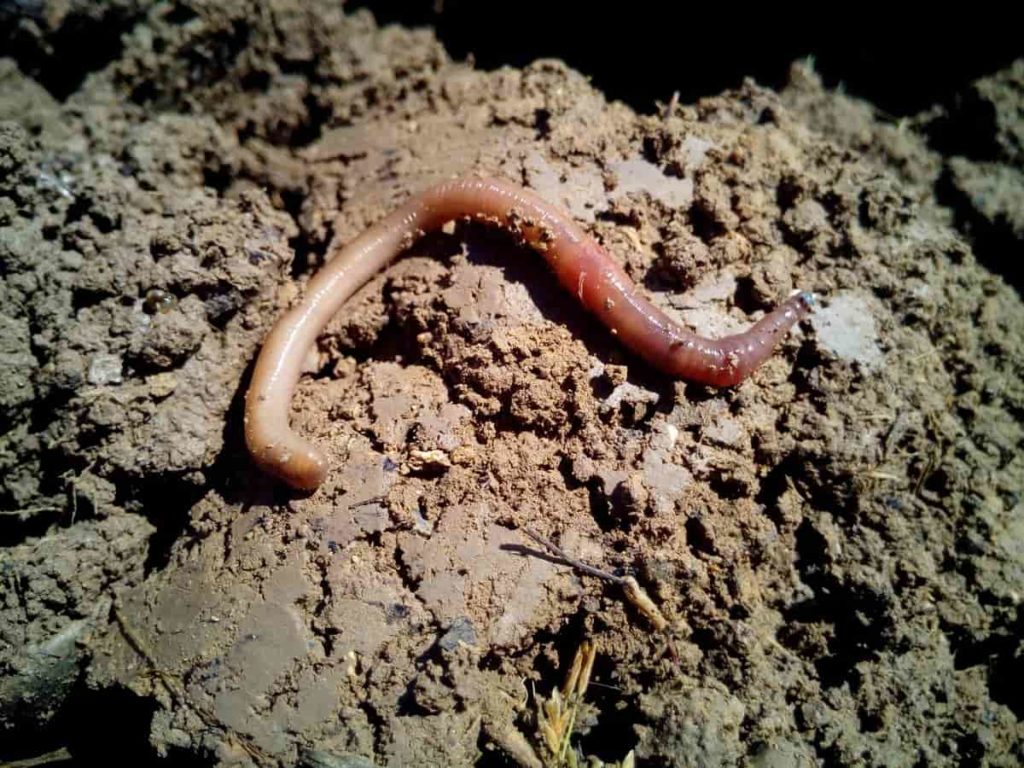
Put Out Fly Strips
Avoid using any kind of toxic chemicals in or around the vermicomposting bin. These will harm the worms and inhibit the process of decomposition in the compost bed. Instead, use fly strips. The sticky tape can catch flies before they get inside the compost bed and may also be able to snap up a few maggots, depending on where these strips laid down the tape.
Conclusion
Ants, mites, slugs, springtails, gophers, certain beetle larvae, maggots, and a variety of other insects pose a threat to earthworms. Closely observe the worm beds for the pests affecting the worm’s growth and worm farm environment. Most of the problems caused by pests can be neutralized by properly constructed bins, screening, and, most importantly, good worm bed management.
- How to Raise Pigs in Your Own Backyard: A Comprehensive Guide
- Budget Friendly Sheep Shed Ideas: Cheap and Low-Cost Tips
- How Much Do Cattle Farmers Make: Revenue Streams in Cattle Farming
- Management Pests and Diseases in Your Cotton Field
- Sheep Farming Business Plan for Beginners
- Aquaponic Farming at Home: A Step-By-Step Guide
- Profitable Village Farming Business Ideas in 2024
- High-Yield Aquaculture: Fast-Growing Fish for Farming
- Effective Fish Pond Construction Techniques for Beginners
- Irrigation and Water Management in Pineapple Farming
- Blossom to Harvest: Mastering Flowering and Pollination in Papaya Farming
- Pig Fattening Essentials: From Selection to Sale for Beginners
- Raising Wagyu Cattle: A Complete Guide for Premium Beef Production
- Soil Types and Their Water Holding Capacity
- Optimizing Irrigation Schedules for Coconut Groves for Enhanced Yield
- Espresso Your Garden: Coffee Grounds for Healthier Acid-Loving Plants
- The Best Soil Mix for Snake Plants: How to Mix Your Own Snake Plant Soil
- Green Thumb Success: Expert Tips for Cultivating Greenhouse Beans All Year Round
- Bloom All Year Round: The Ultimate Guide to Indoor Hyacinth Care
- Eco-Friendly Gardening: How to Make Liquid Fertilizer from Kitchen Waste
- Ultimate Guide to Grow Anise in Pots: Explore Seed Propagation to Harvesting
- Guide to Raising Chester White Pigs: Discover Breed Facts to Growth Management
- Mastering the Elegance: The Ultimate Guide to Weeping Cherry Tree Care, Planting, and Maintenance
- Ultimate Guide to Planting Garlic in Grow Bags: Growing Strategies for Beginners
- How to Fix Spider Plant Leaf-Related Problems: Natural and Organic Remedies
- 10 Reasons Why Your Tulsi Plant is Shedding Leaves: Home Remedies and Solutions
- Optimizing Growth and Yield: The Advantages of Palm Bunch Ash Fertilizer
- Utilizing Neem Oil Extract as a Natural Pesticide for Hydrangea
- From Soil to Harvest: Various Ways in Which Farmers Can Use AI Tools
- Steps to Encourage and Induce Citrus Flowers: A Comprehensive Guide
- How to Fix Snake Plant Leaf-Related Issues: Natural and Organic Remedies
- Transform Your Garden into a Fragrant Oasis with Raat Ki Rani (Night Blooming Jasmine)
- Discover the Ideal Chicken Breeds for Philippine Farms
- How to Create a Poultry Egg Farm Business Plan for Profits
- Grow Lemon Cucumbers Like a Pro: Insider Techniques for Bountiful Yields
- Ultimate Guide to Caring for Your Pink Princess Philodendron: Tips for Thriving Variegation

Kindly provide me with the information that any powder is available that can be sprayed all over the worm bed to repel the ants and flies.
Thank you.
Regards.
How to prevent the entry of wall lizards in the house or what repellent should be used?